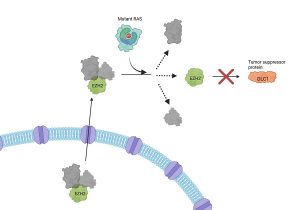Most Routine Laboratory Testing Of Pediatric Psychiatric Patients In The Emergency Department Is Not Medically Necessary [Value & Quality]
We examined the patient characteristics and hospital charges associated with routine medical clearance laboratory screening tests in 1,082 children younger than age eighteen who were brought to the emergency department (ED) for involuntary mental health holds—that is, each patient was brought to the ED to be evaluated for being a danger to him- or herself or to others, for being gravely disabled (unable to meet his or her basic needs due to a mental disorder), or both—from July 2009 to December 2010. Testing was performed on 871 of the children; all patients also received a clinical examination. The median charge for blood and urine testing together was $1,235, and the most frequent ordering pattern was the full comprehensive panel of tests. Of the patients with a nonconcerning clinical examination, 94.3
We examined the patient characteristics and hospital charges associated with routine medical clearance laboratory screening tests in 1,082 children younger than age eighteen who were brought to the emergency department (ED) for involuntary mental health holds—that is, each patient was brought to the ED to be evaluated for being a danger to him- or herself or to others, for being gravely disabled (unable to meet his or her basic needs due to a mental disorder), or both—from July 2009 to December 2010. Testing was performed on 871 of the children; all patients also received a clinical examination. The median charge for blood and urine testing together was $1,235, and the most frequent ordering pattern was the full comprehensive panel of tests. Of the patients with a nonconcerning clinical examination, 94.3 percent also had clinically nonsignificant test results. When we extrapolated cost savings to the national level, omitting routine screening laboratory tests in the population of pediatric patients presenting to the ED on an involuntary psychiatric hold with nonconcerning clinical exams could represent up to $90 million in savings annually, without reducing the ability to screen for emergency medical conditions. Provider-initiated diagnostic testing instead of routine screening would lead to significantly lower charges to the ED and the patient.
SOURCE: Health Affairs current issue – Read entire story here.








